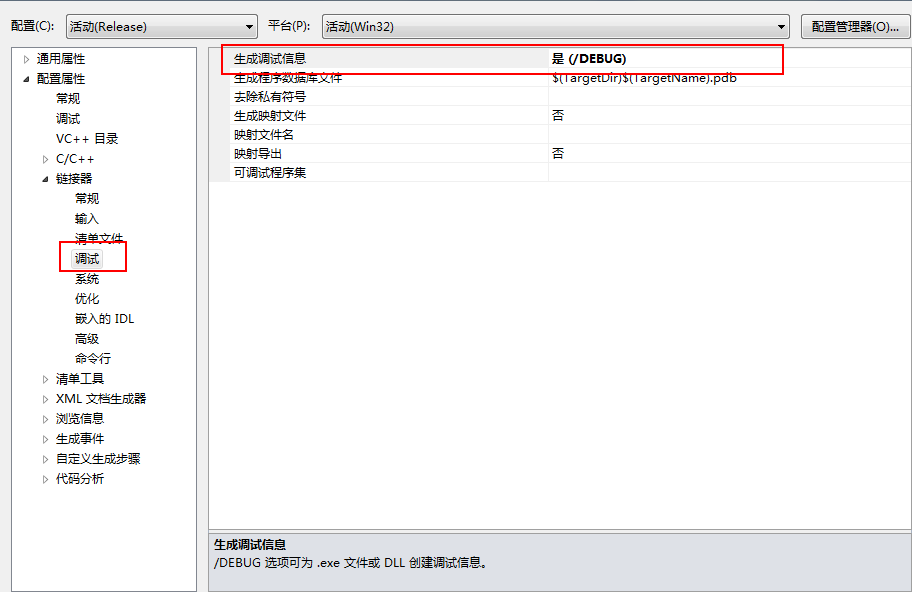在C++中内联成员函数与非内联成员函数的可以分为两种情况:
1.如果成员函数的声明和定义是在一起的,那么无论有没有写inline这个成员函数都是内联的,如下:
using namespace std;
class test{
public:
void fuc() {
cout << "ok!" << endl;
}
};
int main(void)
{
test t, t1;
t.fuc();
t1.fuc();
return 0;
}
或者:
using namespace std;
class test{
public:
inline void fuc() {
cout << "ok!" << endl;
}
};
int main(void)
{
test t, t1;
t.fuc();
t1.fuc();
return 0;
}
2.如果成员函数的声明和定义是分开的,那么如果两者中有一个加上了inline都会使成员函数都是内联的,如:
#include <iostream>
using namespace std;
class test{
public:
inline void fuc();
};
int main(void)
{
test t, t1;
t.fuc();
t1.fuc();
return 0;
}
void test::fuc(){
cout << "ok!" << endl;
}
或:
#include <iostream>
using namespace std;
class test{
public:
void fuc();
};
int main(void)
{
test t, t1;
t.fuc();
t1.fuc();
return 0;
}
inline void test::fuc(){
cout << "ok!" << endl;
}
要想定义非内联成员函数,只有一种方法即:声明和定义都不加inline,如下
#include <iostream>
using namespace std;
class test{
public:
void fuc();
};
int main(void)
{
test t, t1;
t.fuc();
t1.fuc();
return 0;
}
void test::fuc(){
cout << "ok!" << endl;
}
------------------------------------------------------------------------------------------------------------------------------
验证时使用Release版本编译同时在链接选项进行如下配置:

之后可以查看编译后的汇编代码之间的区别来验证。